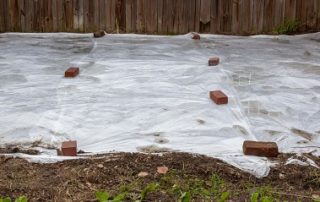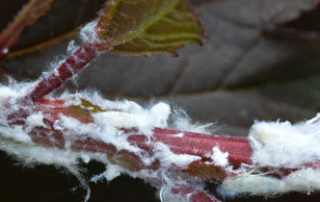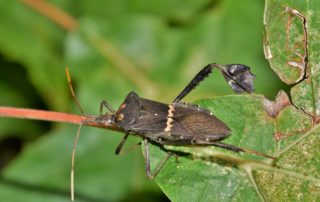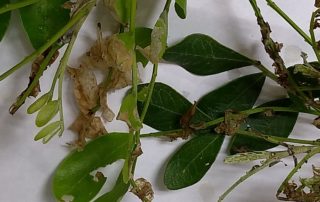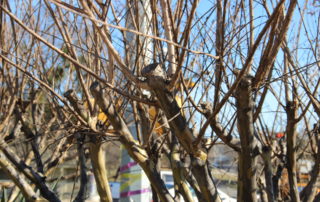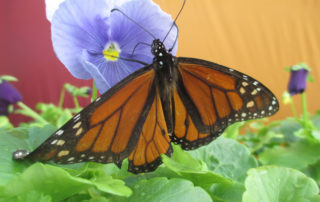Imported Fire Ant Control
Face it, we have all had run-ins with Fire Ant mounds and the painful blisters that form after they bite. Children, pets, and wildlife are especially vulnerable, as they are often unaware of the mounds until the ants begin biting. There are several options for controlling (but unfortunately not eradicating) Imported Fire Ants: The Two Step Method: Step One involves broadcasting a fire ant bait over the entire area once or twice a year. This has the potential for reducing the colonies by 80-90%. Apply baits in the evening when [...]




